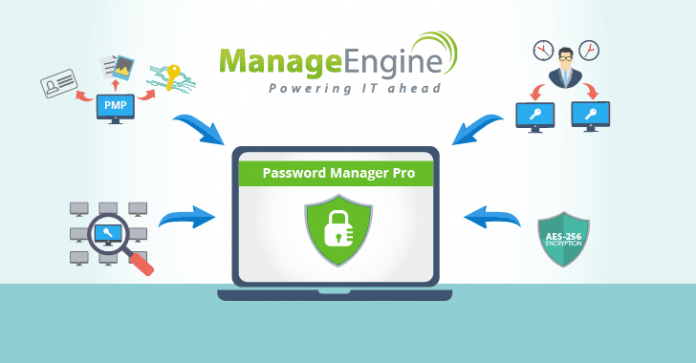Cybersecurity continues to grow, and companies are investing more in this area. Securing corporate systems is a top priority for businesses. There is, however, one common weak link with all the security solutions, and that is the password. 81% of data hackers leverage weak or stolen passwords. As a business, you need to choose your password very carefully. A secure password should have several characteristics. First, it should be a word which is unrelated to you or your business. It should also not be a word found in the dictionary, yet it must be easy to remember and difficult to guess. It should be a combination of upper and lower case characters, special characters, and numbers. To make your password even more secure, you need to have a unique password for every system. Another cautionary step to protect your systems is to never write down your passwords.
As you can see, creating, managing and remembering all your passwords is not an easy task, but it is a necessary one if you want to keep your enterprise data secure. You can understand why an enterprise would want to reuse its passwords in all its systems—for ease of password management. The practice of reusing passwords, however, makes all your systems vulnerable to hackers. You can make enterprise password management easy by using a password manager.
What is a password manager?
A password manager is a tool which will enable you to be more secure online and also make the process of managing your passwords easier. It is a safe place where you can store your passwords for the various systems you are using. Nevertheless, not all password managers are created equal. They exist in varying qualities and levels of effectiveness. You should consider the features that a password manager offers before settling for it. Below are three crucial elements your password manager should have.
Features of a good password manager
Encryption- The login credentials stored should have encryption which is robust, heavily tested, and pre-reviewed. If the encryption is strong, anyone who steals the storage device or manages to penetrate cloud storage for your passwords will not be able to see or recover them.
Usability – The password manager should be easy and quick to use for daily functionalities. If its complexity makes it unusable regularly for common password needs, people may shift to less secure options which are easy to use.
Self-contained functionality – While developers write a lot of software without regard for absolute data security, a password management system should not rely on the security of an external application. Using another application has its risks because decrypted files will be stored in temp files that may be available and accessible to other people.
A good password manager should also be able to create passwords and update them when need be. It could also enable the secure sharing of credentials among the people who need it.
How to bypass the risks of password managers
Some concerns have arisen about the dangers of storing all your passwords in a single place. This risk can be mitigated by putting a good enterprise password manager in place, which allows for multi-factor authentication. There should also be multi-factor authentication for individual systems which are very critical to your business. Staff and everyone else who has access to passwords in your business should receive adequate training on how to use the password management system securely.
If your organization is large, you need to manage end-user phones, laptops and personal computers centrally and lock them down to prevent any actions that could pose a security risk such as the installation of unauthorized software.
Benefits of securing systems using passwords
Enterprise password managers reduce the cost and time associated with resetting passwords in support desks. It is also less costly to implement and requires minimal training for users compared to biometric systems, which is expensive to implement, difficult to maintain and still have significant security risks. They call for extensive training and can lead to resistance from employees in the workplace.
Final words
There is increased use of online services and innumerable logins which people are expected to fill in at the workplace. These include workplace emails, SaaS apps, VPNs, individual server accounts, web hosting, and FTP. It has, therefore, become impractical to have a memory of all your passwords. Where you require due diligence, roll out password management to each machine which will be in use at work.

